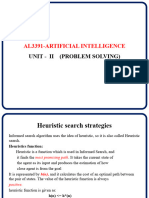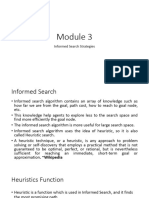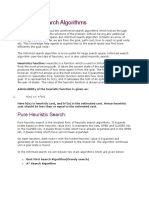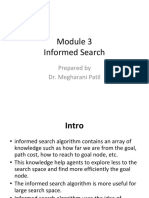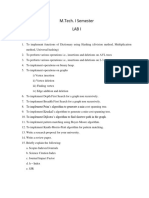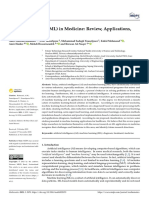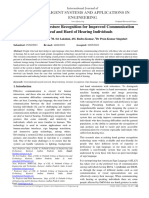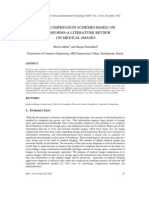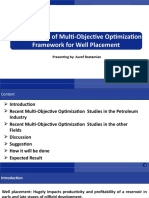0% found this document useful (0 votes)
62 views51 pagesUnit II Problem Solving
This document discusses various problem-solving techniques in artificial intelligence, focusing on heuristic search strategies, local search algorithms, and optimization problems. It covers algorithms such as Best-First Search, Greedy Best-First Search, A* Search, and Hill Climbing, detailing their processes, advantages, and limitations. Additionally, it introduces local search methods like Simulated Annealing, Beam Search, and Genetic Algorithms, emphasizing their applications and effectiveness in finding solutions.
Uploaded by
sowmiya.cholanCopyright
© © All Rights Reserved
We take content rights seriously. If you suspect this is your content, claim it here.
Available Formats
Download as PPTX, PDF, TXT or read online on Scribd
0% found this document useful (0 votes)
62 views51 pagesUnit II Problem Solving
This document discusses various problem-solving techniques in artificial intelligence, focusing on heuristic search strategies, local search algorithms, and optimization problems. It covers algorithms such as Best-First Search, Greedy Best-First Search, A* Search, and Hill Climbing, detailing their processes, advantages, and limitations. Additionally, it introduces local search methods like Simulated Annealing, Beam Search, and Genetic Algorithms, emphasizing their applications and effectiveness in finding solutions.
Uploaded by
sowmiya.cholanCopyright
© © All Rights Reserved
We take content rights seriously. If you suspect this is your content, claim it here.
Available Formats
Download as PPTX, PDF, TXT or read online on Scribd
/ 51










